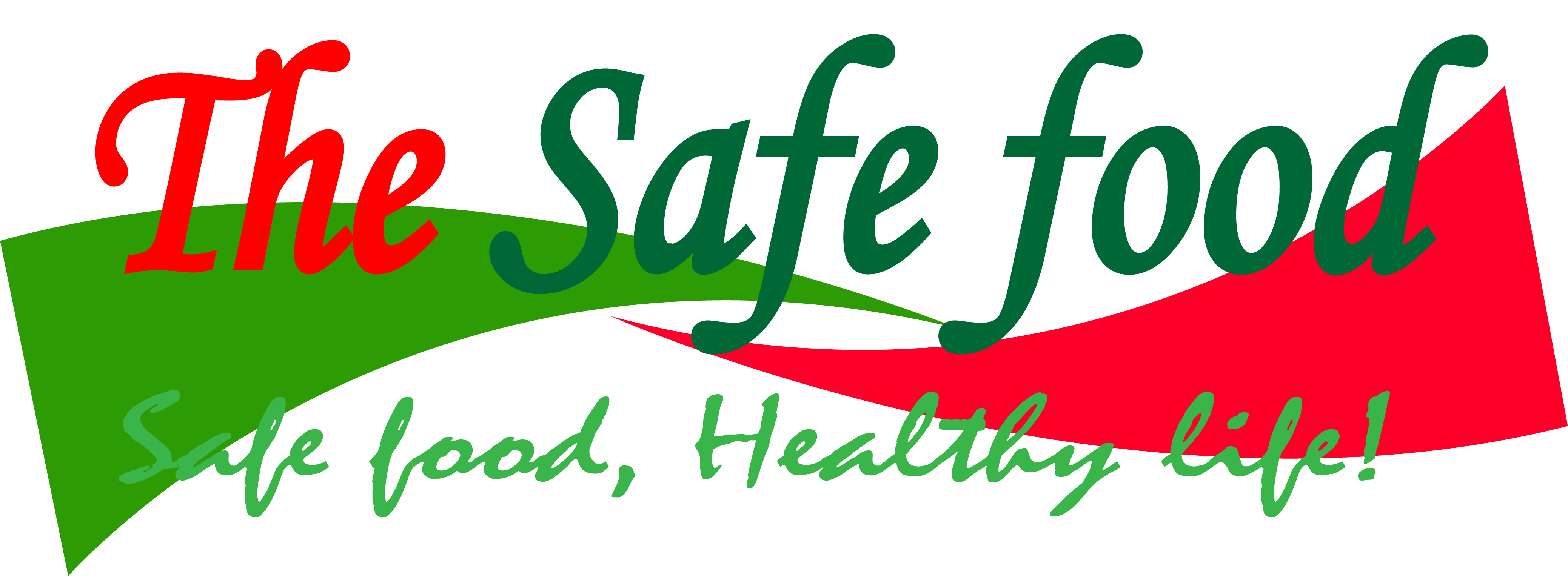Street vended foods are foods that are either prepared on the street or elsewhere, but often sold on the streets and public places. They offer an opportunity to earn an income for many unemployed persons while providing affordable, and convenient source of diet for many people. The street foods are consumed by millions of people on a daily basis in especially the developing countries.
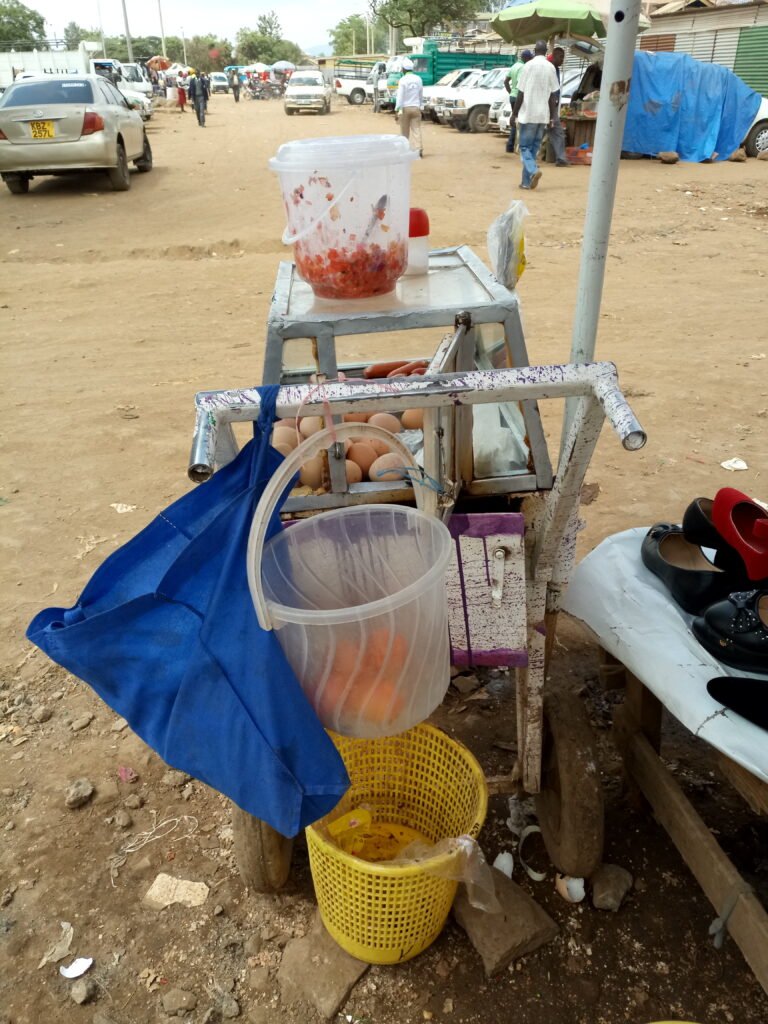
What makes street vended foods important?
There are many reasons why street foods are important. These are the same reasons why street foods are here with us for the longest time. What’s important is that we learn and find ways of making the street food better and safer.
- Street foods are an opportunity for self-employment for many unemployed people in developing countries. Since the amount of capital required to venture in this kind of business is very low, many people are able to afford and venture into street food business.
- Street foods offer cheap, convenient and nutritious diets for many people in especially urban areas who are unable to prepare their meals possibly due to work.
- Street foods offer variety of food choices for the consumer. Thus, consumers have the opportunity to choose from a wide array of foods. This is important in the consumers perspective.
- Street foods are an expression of people’s culture and way of life. They present an opportunity to preserve cultural practices for any communities, especially those related to food and food service.
What can go wrong in street food vending in relation to food safety?
Street food vendors enjoy minimal to no control or regulation by the government. They operate informally with no oversight most of the time which has the potential to cause food safety concerns. Due to the limited control,
- Street food vendors may be motivated for the profits and therefore choose to use low quality unsafe food additives as raw materials for their products. These can be sold to unsuspecting consumers with potential to cause public health issues.
- Besides the use of low-quality raw materials, vendors may use raw materials that could be potentially be contaminated with toxins such as vegetables grown around garbage sites and sold to unsuspecting city dwellers.
- Food may remain uncovered attracting dirt and pathogens.
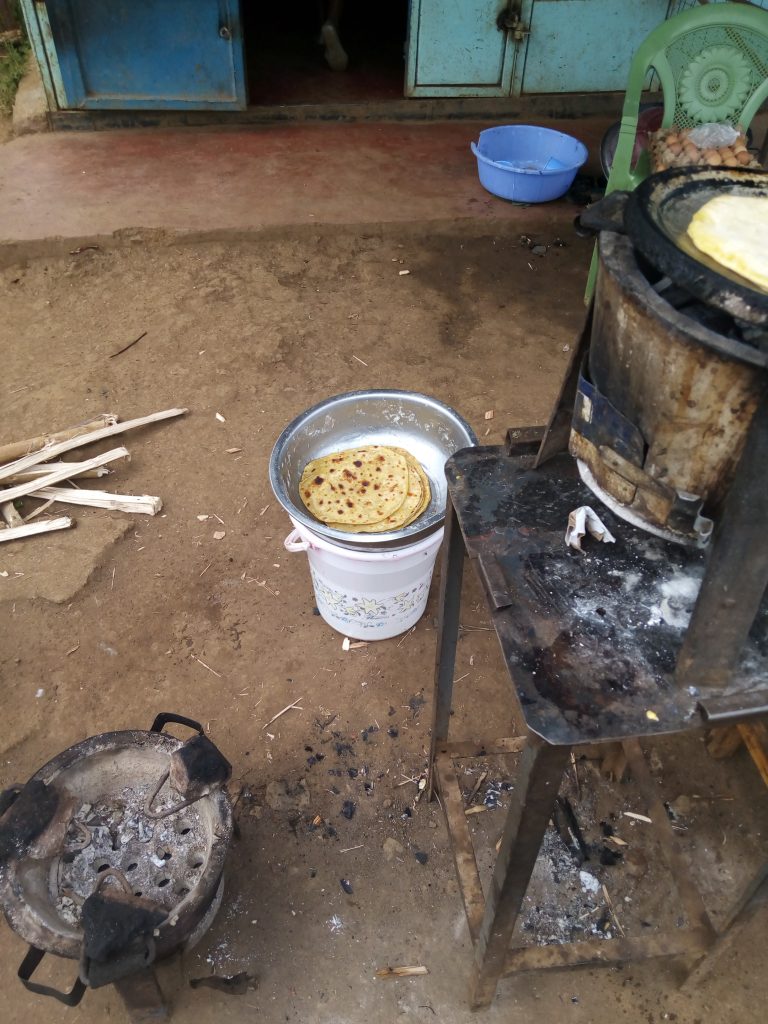
- There is minimal motivation to follow food safety and public health regulations governing the food industry. Requirements such as maintaining personal hygiene may be neglected with dire public health consequences.
- Street food vendors who are mostly untrained in food preparation may be uninformed about certain practices that may result in production of toxicants in food during processing. For instance, they may be unaware of acrylamide formation or other process contaminants formation in foods.
- Foods that are ready to eat may be stored together with raw materials causing cross contamination with microbial or chemical contaminants.
- Poor storage of RTE foods as well as raw materials that require cold chain to be maintained may yield public health issues.
- Haphazard placement of street food vendors in unsanitary locations where food may be contaminated with environmental pollutants may occur.
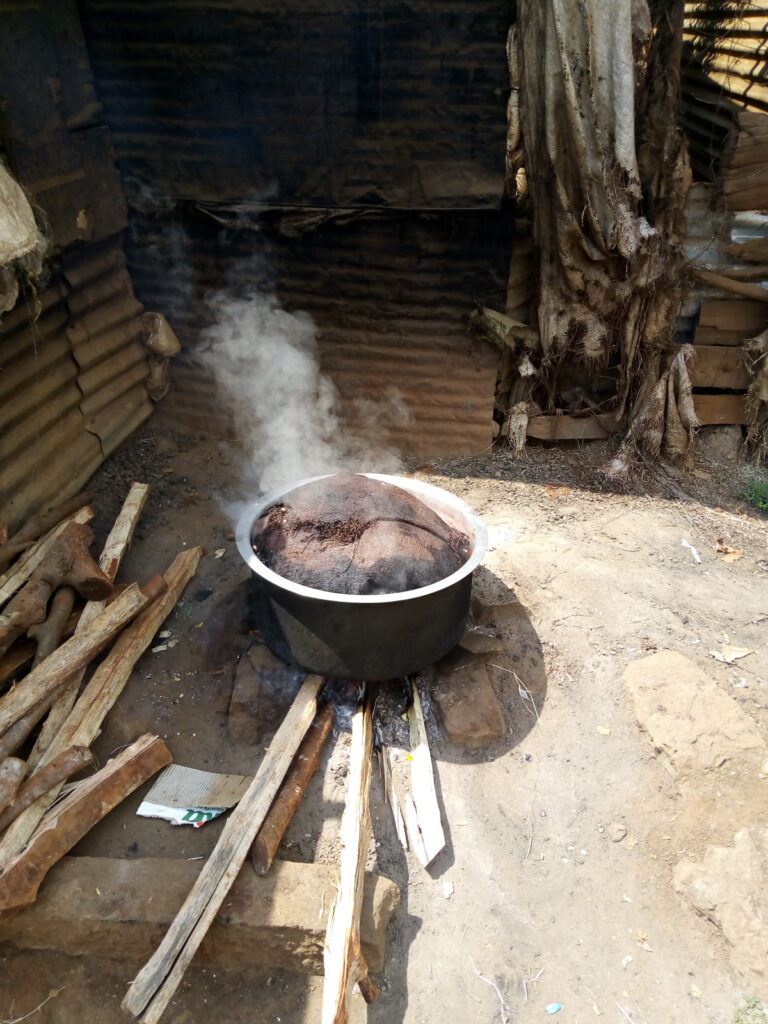
Who is responsible for street food safety?
Since there is limited government oversight over street food vending, who then is responsible for ensuring food safety? First, since the street vending business has proven to be here for the long haul, its is about time the government came on board to recognize it as an important sector and impose control for the safety of the public. Specifically,
- Standards specific to the street food vending sector should be implemented to keep street food vendors on toes and to encourage safe practices.
- Inclusion of street vending in the design of modern cities should be done to reduce haphazard placement of street food vendors anywhere in the cities and also to facilitate control by the government.
That said, for the time being, the safety of the street food is largely depended on the street food vendor. When foods are formulated, the consumer may not be able to determine what was used, or rather the quality of the raw materials used. For instance, in the formulation of fruit juices, the vendor may have used poor quality fruits and the vendor may never tell. Also, contaminants may be present in the food and the consumer may not be able to tell. Therefore,
- Street food vendors should be trained about food preparation practices, food hygiene practices and personal hygiene practices
- They should also be trained about food safety and the importance of high-quality raw materials
On the other hand, the consumer is a key determinant of the street food quality. Willingness to buy good quality food may motivate the street food vendors to do it right. The consumer must become the inspector of street food vendors’ practices. They should be willing to point out flaws they observe among street food vendors to prompt them to do better.
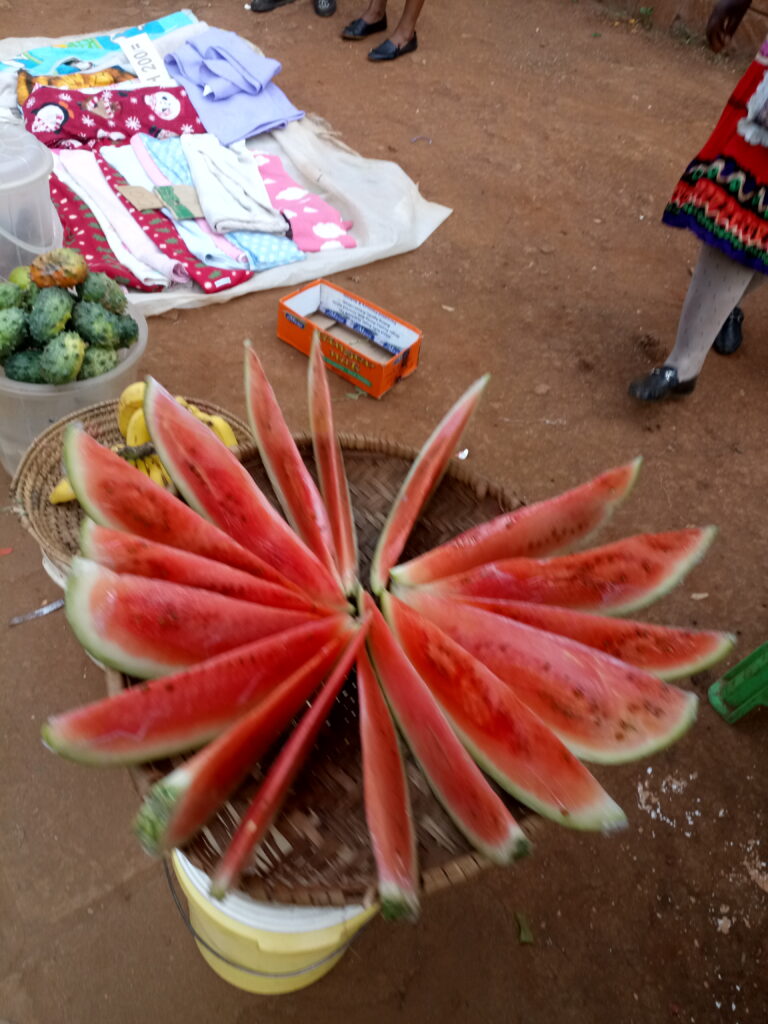
Should you consume street vended foods?
Absolutely yes, for reasons discussed earlier. However, while at it, you should be careful to choose street food vendors wisely. The World Health Organizations published 5 keys to food safety that were discussed earlier on this site.
READ ABOUT THE 5 KEYS TO FOOD SAFETY HERE!
Bottom-line, if the street food vendor is not observing all these steps, they are possibly serving you with unsafe food products. First, keeping clean is required. If the street food vendors clothes are dirty, what’s the chance that the food they serve you is safe? It’s very low. Secondly, the vendor should separate raw and cooked food. if raw materials are kept together with the food that is being sold, then your food is probably contaminated.
Thirdly, food should be cooked thoroughly to ensure destruction of any pathogenic microorganisms. Foods that are served rare may have pathogens that were not sufficiently eliminated and thus possibly toxic. The fourth key is about keeping food at safe temperatures. Improper storage is one of the many factors that facilitate growth of pathogenic microorganisms in food later causing infections or intoxications when consumed.
Lastly, using safe water and raw materials is a requirement for ensuring safe food. Contaminated water or raw materials will yield contaminated
